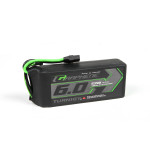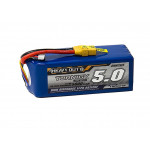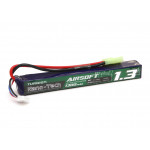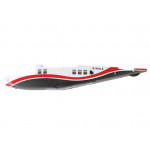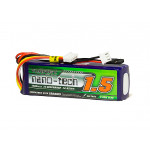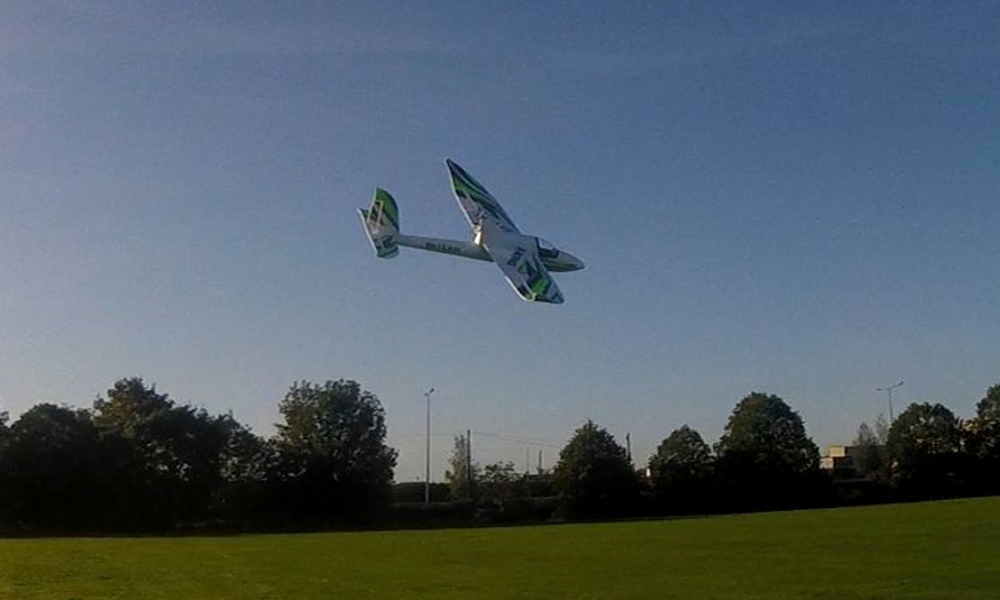
Introduction
This is the first in a series of articles aimed at those of you looking at all of these wonderful radio controller flying machines and fancy trying the hobby.
There are a lot of common mistakes that a new trainee pilot can fall into and I'll try to cover as many as I can in these articles so that, even if you don't have a local R/C club or friend you can learn from, you'll save yourself a little time, money and hassle getting into the air. You'll also find the learning process a little more fun too.
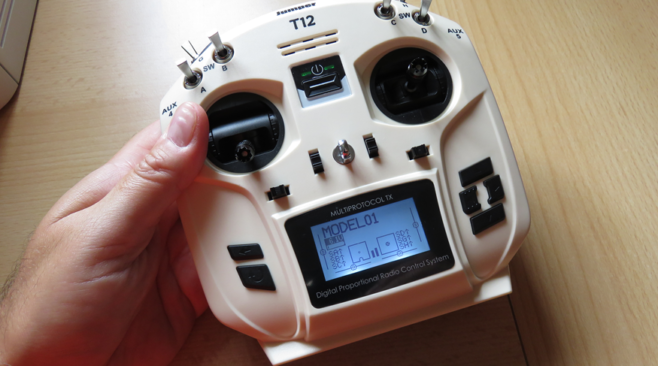
The cost of the radio control hobby has fallen dramatically over the past few years. The increase in the products, volume, choice, and manufacturing in places like China have all resulted in a far more accessible hobby. When I started to fly, the radios cost the best part of £300 and the models were about the same. Equipment was considered an investment and something you expected to use for many years (or that is how you justified the expense to those who asked!). My first set of FPV goggles (FPV stands for First Person View and is where you fly the model by looking at the image from a little camera inside the model – just like you were sat inside it) were over £200 and all of this expense was for a hobby I wasn't sure I was going to stick with. I often get asked how to get into the hobby and also end up helping those who've dipped their toes into the hobby but become frustrated and fed-up by the whole thing. Often that 'sticky start' is due to a handful of common mistakes that new pilots make when they don't have a handy R/C pal about to help them get into the air safely and have a challenging but ultimately rewarding 'learning to fly' experience.
Flying is a skill. It takes time to master and many pilots (myself included) can take a few years to really get to grips with how to fly well and then lose themselves in the flying itself. From looking at videos on places like YouTube you'd be forgiven for thinking that you can fly a model in a handful of minutes, but what you don't see is the months and months of practice and failures. Choosing the right model to learn to fly with is a huge part of starting out successfully and most of the pilots I see annoyed by the hobby tried to learn on a scale warbird like a Spitfire or T-28. Those models have scaled-down versions of airplanes that are designed to be fast, nimble, respond quickly and aggressively. The smaller versions are designed to have a lot of those tendencies calmed down somewhat but can still be a handful so make for poor first choices for most. The vast majority of new pilots can benefit from a 'trainer' style model that can take the abuse, crashes, mishaps, and landings that a new pilot will subject a model too. Once you've got the hang of a trainer and can take off, perform the basics and land reliably then a more scale plane can be closer to reality.
Crashing is Learning
When learning to fly, you'll crash. A lot. Now if you're new to all this then I suspect that many of you will have read that and thought to yourself 'Not me'. I did, back before I started to learn. I didn't know what was ahead so, not aware of those gaps in my knowledge, made sweeping statements about how easy it was going to be. All of those delusions evaporated pretty quickly after the second and third crash and then I invested in the simulator that I'd been told to get and use to practice.
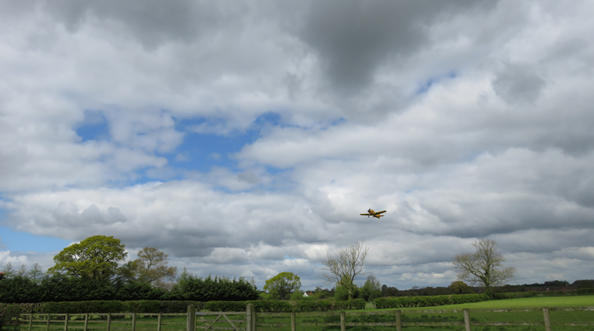
Using that program on my computer (I used PhoenixRC for those that are interested) to put some serious 'time into the sticks' - as practice in my flying friend's circle is called. I tried to learn from my mistakes and take things easy – one step at a time. You'll have more fun if you relax and try to set yourself goals in the simulator session but not beat yourself up if you can't quite get it right, it'll be cheaper in the long run as you develop muscle memory in a safe environment needed to make the model do what you want it to when you try in the reality. We will look at simulators that you can run on your computer and connect the radio to a later article but they are a fantastic way to help you learn to fly. The models all come set up perfectly and they cost nothing to 'repair' if you crash it (just hit the RESET button in the sim.).
Simulators can't replace real-world experience though. Learning how to fly and being able to pull off loops and rolls in a computer program isn't the same as doing it in real life. Your pulse rate will be at a much higher level when you start to fly for real. Most pilots get a real 'buzz' from the early stages of flying practice even from the most basic of flights, half from excitement and a half for the abject terror that something will go wrong. Those early 'real' flying experiences will usually result in something getting broken and that's ok too. We've all been there. The trick, when you find yourself with a model in more pieces that it started out, is to stop and think and consider what you did wrong.
Bad pilots blame the model, conditions, radio, wind, other pilots, the runway, tide, traffic, astral alignment.. anything but accepts they screwed up. Sure, problems that you can't foresee do happen but 95% of the problems can be avoided by better checks, more care when flying, or more experience. Did you not check that prop was on properly, did you check the battery was fully charged, the center of gravity in the right place? Did you check the range of the radio in that new location before taking off and did you perform a pre-flight check on the control surfaces? In almost all the times I've crashed (also called a U.L. in my group – an unintended landing) it's been because I missed something so that crash was on me. Every time you learn from that mistake and don't do it again. You will learn at your own pace. I started to fly with little-fixed win airplanes and then moved onto Helicopters (because they were cool) before moving onto multi-rotors.
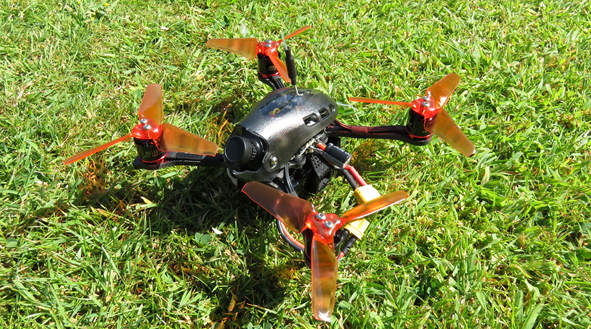
Every model type has its own challenges to fly and there are lots of flying styles too. Some pilots can fly a scale WWII model and make it look like it's the full-sized thing (called 'flying scale') and some pilots make the model flip and roll around the sky in a dizzying array of aerobatics (usually called flying '3D'). Both disciplines call for hours and hours of practice and months of trial and error developing those skills and while natural skill can make a difference to how quickly a pilot becomes proficient, its practice that makes perfect for everyone. Some things you'll try will come easy, some will take years to master. For me, the one thing that really caused me problems was the ability to hover a helicopter or multirotor 'nose in'. That's where the 'nose' of the model is pointed towards you. In this orientation then the controls are reversed – left is right, backward is forwards.
Being able to hover and control the model like this took me years of practice and the thing that finally cracked it was a little indoor quadcopter and about 50 batteries over the winter months, hovering in the lounge (apologies to my wife who patiently watched 'Strictly Come Dancing' on the TV every Saturday night around a hovering indoor model). It eventually 'clicked' and became one of those things I can do easily. I followed a series of instructions to learn to fly helicopter and 'drones' called 'Radds School of Rotary flight' and it took me months to master and when I failed at the next lesson I simply went back to practice the one before.
Eventually, it all became things I could do. Everyone has their own pace of learning so don't get frustrated. If you can't get something to work on the simulator or with the practice model then put it down and come back to it when you're ready for another go. So, in the next article, we'll look at the tips and tricks when choosing not only the model but the other pieces you'll need. So join me there and we'll look at the considerations and what I'd recommend if you're a budding 'plane or quadcopter pilot. Until next time.
Written by Painless360

